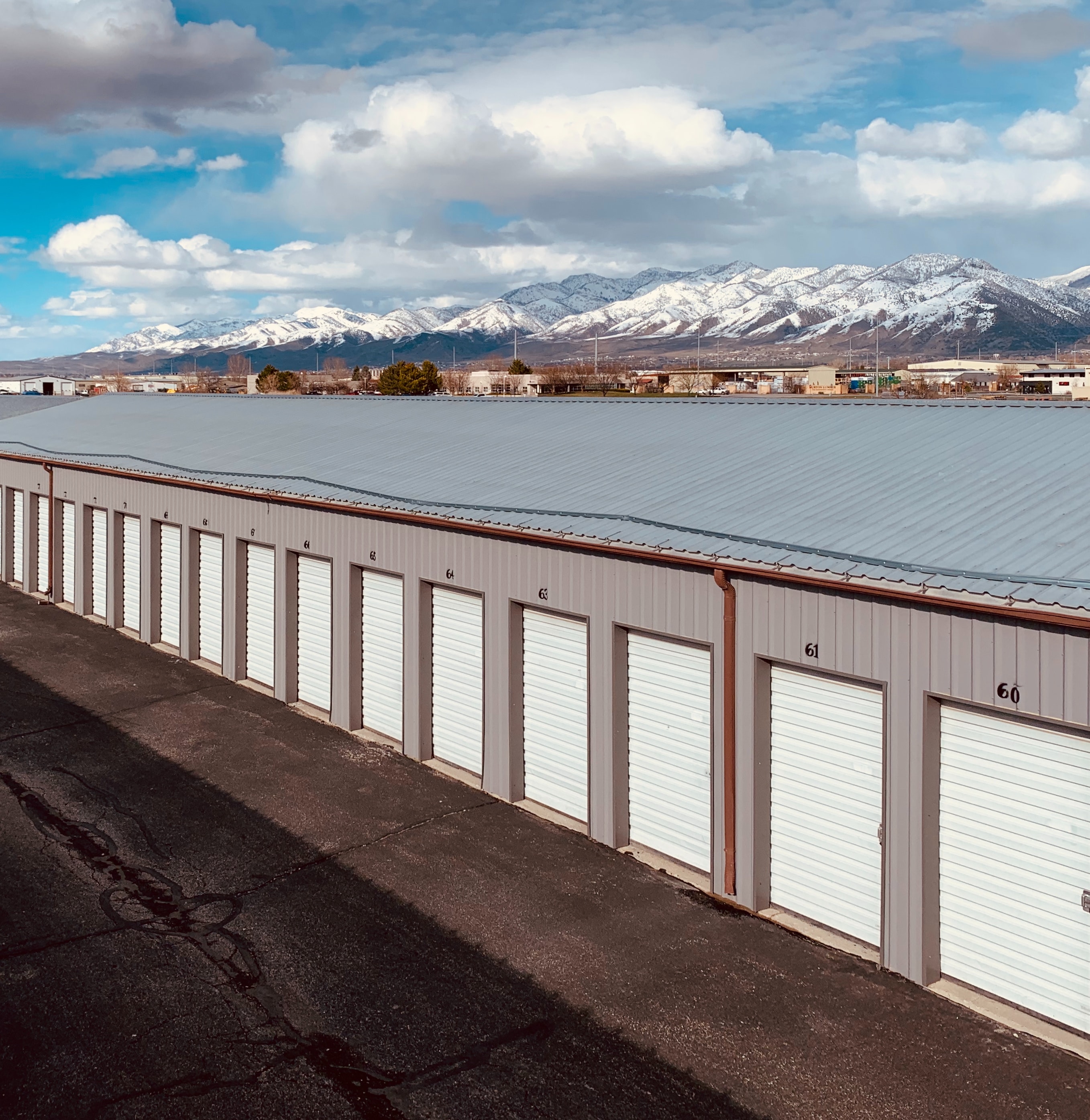
21 Dec 2021
Read the full in-depth report here which analyses each city separately and presents how we utilized the Radius+ platform.
Christmas is a time of the year in which self-storage units are in high demand. It's not uncommon in usual circumstances for people to store their extra possessions during this hectic period. Last year's holidays, however, were vastly different from the norm. The novel coronavirus pandemic caused a great deal of panic and uncertainty, in December 2020, the United States tragically witnessed its deadliest month of the Coronavirus pandemic. Covid-19 was at an all-time high and businesses were at a standstill, industries were in shambles, and cities were deserted. December 2020 was the first Christmas after the pandemic hit. A year later, we take a look at how this Christmas' (December 2021) storage rates within the top 5 markets compare to the previous year when the pandemic was in full flow.
As of 14th December 2021, the major cities in the top 5 Markets via Radius+ Insider were found to be Dallas, Houston, New York, Los Angeles, and Chicago. The study area was a 10-mile radius from the center point of each city and focused on the rates of All Units and Climate Controlled Units of the traditional unit sizes - 5x5, 5x10, 5x15, 10x10, 10x15, 10x20.
In the case of All Units, most of the cities within the top 5 markets had an increase in rates from December 2020 to December 2021. Dallas witnessed the largest increase with 5x5 increasing by 37% and the rest within Dallas increasing by at least 20%. Interestingly, 5x5 units saw a rate increase in all cities within the top 5 Market. [Continued...]